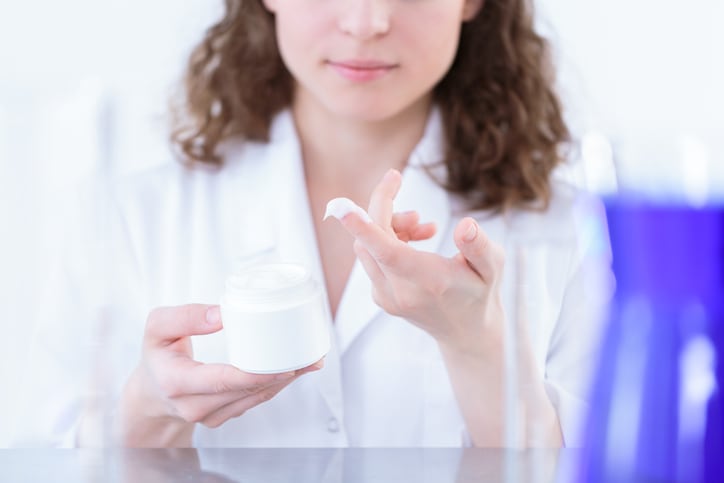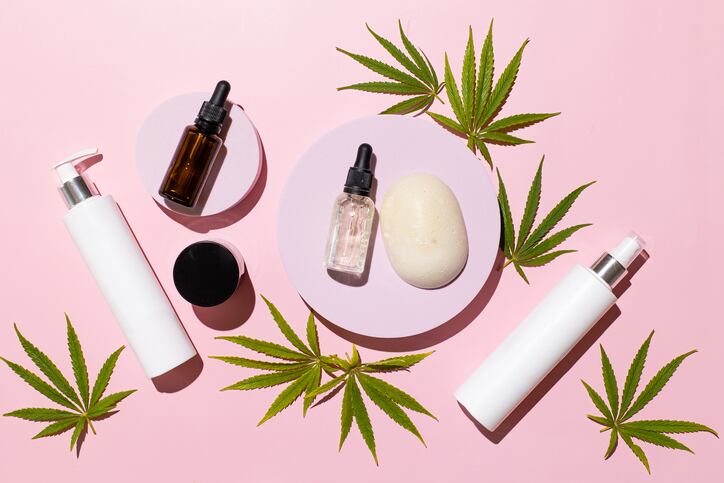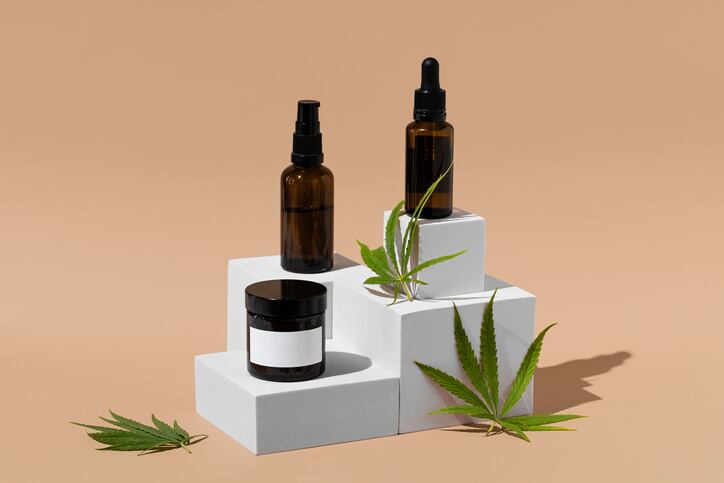Can you tell me a little bit about maybe what thru line there is between the cosmetic beauty products recalls that happened in 2021? What connects them?
It's all public knowledge anyway, all regulatory bodies have to report it. What we have observed is that all of the cosmetics recalls in 2021 have been related to the presence of higher levels of benzene, which is a known carcinogen, and primarily aerosol products. If you notice, most of the recalls are on products that spray aerosols. That's the common denominator so far.
What do you think is driving that increase in recalls for these products?
If you're talking pure cosmetics that are not classified as an OTC product, there is no mandatory testing requirement. During R&D, you would develop your product, you will do testing at that time, and then you market your product based on that.
In my opinion, it's primarily safety testing of the product that is leading to these recalls. Most companies are relying on the chemical contaminant test results from their raw material suppliers. They're not assessing that risk in their finished product, they are not performing any kind of testing to substantiate the primary carcinogens or residual solvents.
So in my opinion, there is a lack of safety testing at the finished product level. Supply chain isues may also be contributing to it because it's becoming harder to source material sometimes from a supplier that you have qualified. All of a sudden, you have to pivot and buy material from a supplier that you don't have time to qualify as much.
Do you think the contaminants that are appearing in these products are contaminants that have probably been in the products for a while and are being caught now?
I do believe that these contaminants have been in the products for a while and nobody has performed a comprehensive risk assessment to understand what the degradation products are for the different raw materials, how they interact with each other in the formulation or with your container closure system that you are packaging it.
Maybe you were aware of them being there, but you have not tested, as I said tested it in your raw materials, but you are not looking at those same contaminants in your finished product to see what the outcome of those contaminants are. They have been in there, they cannot come out of anywhere else if it's the same formulation.
What do you see are steps that brands can take to catch these contaminants before they're being sent out to consumers?
From a regulatory perspective, evaluation of the risk of product quality, which should be based on scientific knowledge and ultimately linked to the protection of the consumer, must be performed on the product. When you're launching a product, ensure you do a risk assessment, qualify your suppliers and ensure by performing a robust risk assessment that there is nothing in your product that's going to harm the consumer, or if there is something in your product, that it’s at an acceptable level.
What else is it important for beauty industry professionals to know about these recalls?
From a regulatory perspective, again, it is the company's responsibility to ensure that their product is of good quality, is safe and efficacious for us. In order to provide a product that adheres to that requirement, you must perform a comprehensive risk assessment to ensure product safety for the consumer, ensure that you do perform confirmatory testing to substantiate the outcome of that risk assessment.
Also, have a robust qualification program for your material suppliers and continuously look at your product. If there is any change. If there are changes made, you change your raw material supplier, you tweak your formulation, or you tweak your manufacturing, continuously do a risk assessment to ensure you're still making sure the product is safe, efficacious and of good quality for the consumer.
Is there anything else that we missed, anything else that's important to be noted?
At this time, I do believe that the industry has become aware of what we need to do to ensure the safety and quality of the product that we are providing. From personal experience working at Eurofins, I know that a lot of companies are performing a lot of testing to come to that conclusion on their products, and those who have issues obviously have recalled now.
The regulatory bodies have also been looking at the chemical contaminant part of cosmetics a little more comprehensively. Again, in my opinion, I foresee nitrosamine testing and other carcinogen testing to become more of a norm for cosmetic products, like it is for pharmaceuticals.




